The rise of Buddhism in Japan have prohibited killing of many types of animals and eating Red meat so fish and tofu were popular and dishes heavily relied upon them. The ban only lifted in 1872 and public were allowed to eat meat outside. Chopstick were only used by nobility/ Nobel person at first. Therefore it is been said Japanese cuisine have developed through years of economic, social and political changes.
The Japanese traditional cuisine is based on rice with miso soup and other dishes. Japanese give greater emphasis on seasonal ingredients. The side dishes includes fish , pickled vegetables and cook vegetables. Seafood is also very popular and common but often grilled fish is common and also raw fish which is known as sashimi. Apart from rice , noodles are also popular . The two types of noodles used in Japan are soba and udon. Steamed white rice is combined with one or several side dishes ( okazaku ). Main dish and side dishes are accompanied by miso soup and tsukenono ( pickles ).
Korea introduced rice to Japan while china introduced soya sauce. The Japanese eat with their eye first so great emphasis is given on presentation and visualization(visual presentation) of dish. A Japanese meal is much more than just eating , it is socialization and communication also. The two must important ingredients of japanese cuisine are dashi and soya sauce which are used in almost every dishes. There are three types of soya sauce , however dark sauce is most popular. ( Other light and tamari , light is bit salty while tamari has no wheat) .
FEATURES OF JAPANESE CUISINE
1. Japanese eat with five senses - taste , touch, sight , sound and smell.
2. Japanese cuisine is simple, sincere , healthier, lighter and clean as dishes are Cooked on very little or with no oil at all and high focus is given on freshness of ingredients.
3. Dishes are presented in bite size pieces and eat bite Contains meat , vegetables ,rice.
4. Food preparation and presentation is considered as an art in Japanese cuisine
5. Japanese cuisine has more rules about eating for example , slurping of soup and noodle dishes is encouraged which is sign you are enjoying food. ( Exception for soup with rice which is not slurp). Similarly, there are some eating habits like- Never use hand to catch falling Equipments, never mix wasabi on soya sauce , avoid using teeth to bite food in half, never rest chopstick across top of bowl and never raise food above mouth.
6. Japanese cuisine is low fat cuisine and the chef have perfected art and science of low fat food
7. Though Japanese cuisine includes a lot of seasonal vegetables , it is very difficult to find complete vegeterian dishes.
8. The main feature of Japanese cuisine is it uses several condiments for variety and diversity in cuisine.
9. Seasonal fresh ingredients are given priority and simplicity, presentation , seasonality are focused.
10. Japanese enjoy texture and colour of the food.
11. Dashi and soya sauce are used in nearly every dishes.
Japanese cuisine uses some unique Tools and Equipment which no other world uses in preparation of dishes. Some tools and equipment used in Japanese cuisine are :-
- Bamboo mat : It helps to make sushi by helping shaping of soft ingredients to rolls. It is made of bamboo.
- Bento box : It has compartment and used to transport lunch or dishes .
- Chopstick : Cooking chopstick is called saibashi which is twice as longer than eating chopstick.
- Chopstick holder : it is also called hashoiki and use to hold chopstick as it is Japanese etiquette that chopstick are not left on table
Beside these tools and equipment , other Equipment like cutting board , knives , miso strainer, mortar and pestle , omlette pan , skewers are also used in Japanese cuisine.
Seasoning and flavouring used
Japanese cuisine uses four basic flavours - salt, sugar , vinegar and miso. It tends to be healthier , light and clean and high emphasis is given on presentation. Some seasoning and Flavouring used in Japanese cuisine are:
- Miso ( soyabean paste ) : soyabean paste or miso is made of boiled and crushed soyabean to which barley or rice starter is added
- Beni - shouga : It is used to flavour Japanese style tortilla ( okonomiyaki ) , yasokaba ( stir fried noodles ). It is red salt pickled ginger.
- Wasabi : It is served as an accompaniment to sushi and sashimi in Japanese cuisine
- Su : It is also called rice vinegar and golden in colour . Su has sweet fragrance and less harsh flavour than white vinegar.
- Mirin : It is rice wine which is mainly used in cooking instead of drinking.
- Shichimi : Scichimi is a mixture of seven spices usually of dried ginger , nori sea weed , white sesame seed , red pepper , sansho powder , dried mandarin orange peel and hempseed
- Yuzu - koshou : It is hot raw spice made of yuzu , citron , green chilli powder and salt.
- Goma : It is black and white sesame seeds used for topping on soup , in dressing and in ingredients of goma tofu
- Mitsuba : It is known by trefoil in English and it a member of parsley family which can be used fresh or after parboiling in many dishes and soup.
- Shiso : It is a member of mint family and can be used either as whole or in chopped form in variety of dishes like sushi , tempura.
- Yuzu Citron : It is like lemon or lime and is used as relish over soup or in simmered dishes
- Myouga ginger : It is edible flower bud and have refreshing aroma and taste.
Popular Japanese dishes :
Sushi is the most popular Japanese dish which is popular throughout the world (sushi along with its type is posted below). Along with sushi some other popular dishes are :
1. Tempura : It is a Japanese dish in which vegetables or seafood are battered and deep fried.
2. Japanese Curry rice : Curry was brought over by Indian traders and it is more than sweeter. It may includes ingredients like vegetables, meat , seafood.
3. Yakitori : It is prepared in skewer by slathering in tangy barbecue sauce and grilled to perfection.
4. Takoyaki : it is ball shaped fried food. They are crispy on outside and creamy in inside which are anchored by firm bite of octopus. It is very favourite at festival and as late afternoon snack . Takoyaki are topped by seaweed , barbecue sauce , scallion and many more.
Sushi is very popular food throughout the world and in Japan. It is marked as contribution by Japanese cuisine to the world. It is cooked vinegared rice which is combined with other raw fish and other sea food. Good sushi relies on freshness of the ingredients and knife skill of chef.
TYPES OF SUSHI
1. Chirashizushi : It is scattered sushi and type of sushi served in a bowl with rice. It is usually covered with various topping called 'gu' . Number of topping varies but 9 seems to be common number. It is very popular in Japanese home as it is simple and can be made with leftovers.
2. Nigirizushi : it meant hand pressed sushi. It is made of hand and formed rectangle of sushi rice with swipe of wasabi on top . There is topping of tuna , salmon or other seafood as finishing
3. Inarizushi : This is a pouch of fried tofu filled with sushi rice. Tofu is cut into slice and fried twice , first at 110 - 120 degree Celsius while secondly at 180 -200 degree Celsius.
4. Oshizushi : It is a pressed sushi and also known as halo sushi which meant box sushi. A wooden mould called oshibako is used to make this form of sushi.
















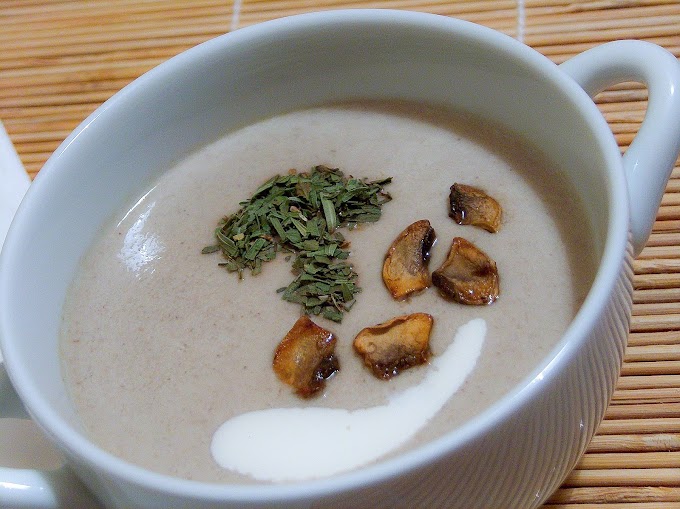

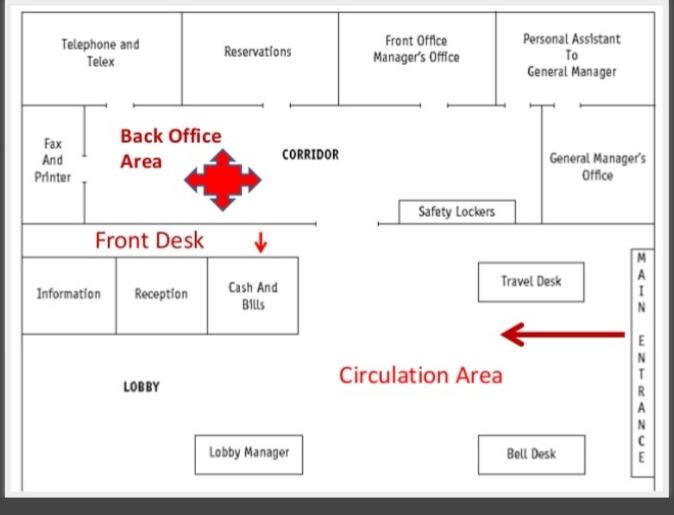

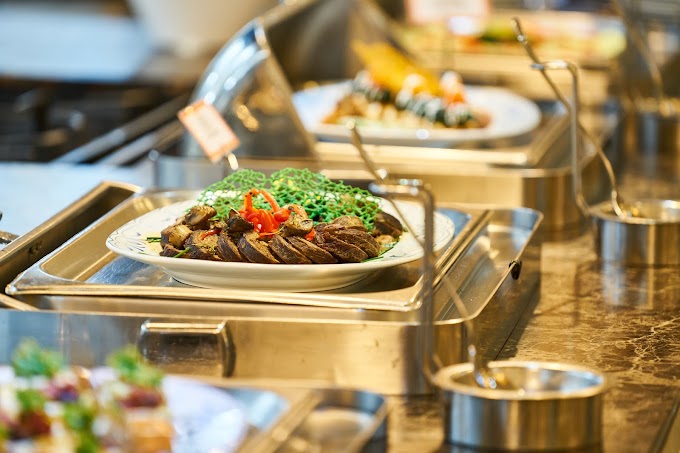
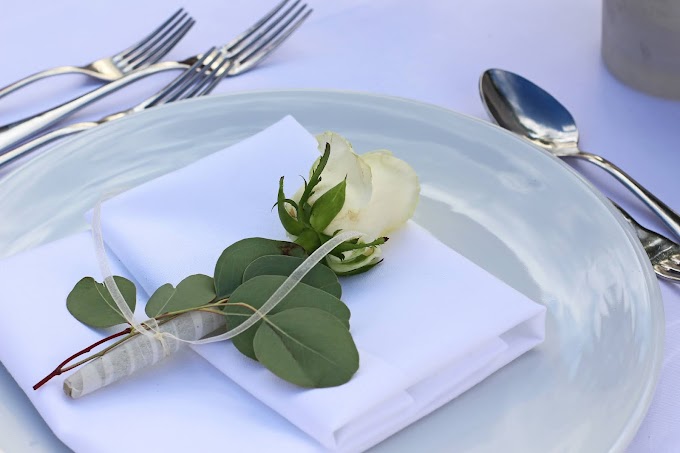

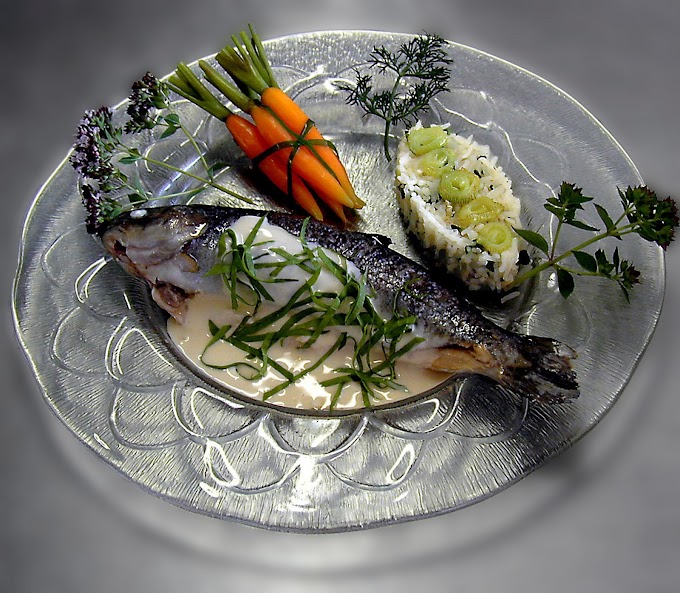

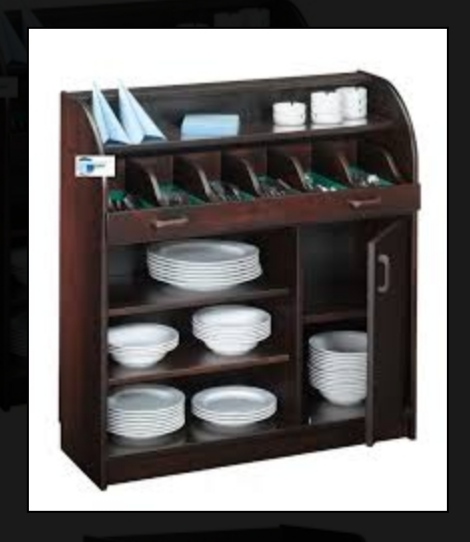
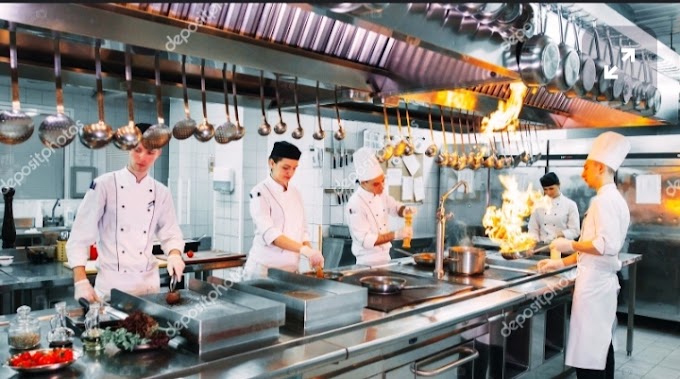


0 Comments
If you have any doubts , please let me know